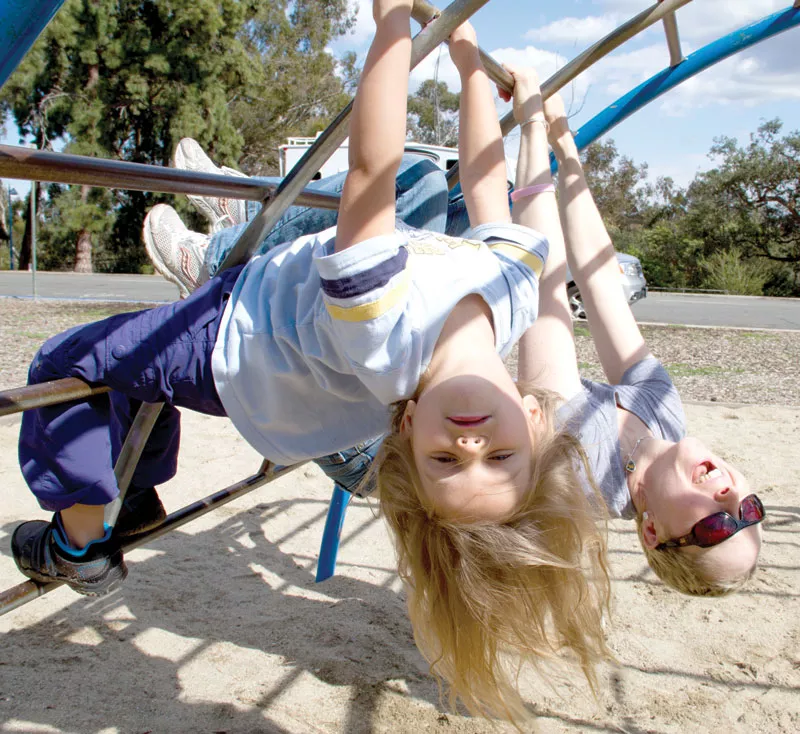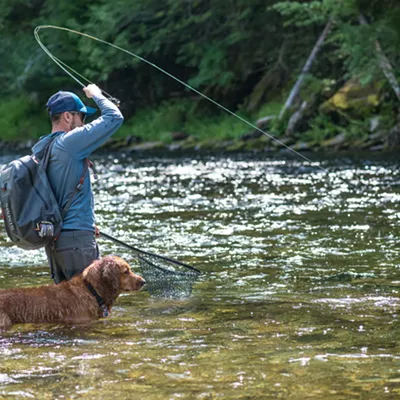When doctors diagnosed Alisa Hideg with breast cancer last June, Hideg, a family-practice doctor herself, knew she wanted to move swiftly.
“I was diagnosed on June 20, and June 30 is when I started chemo,” says Hideg, who found swollen lymph nodes under her arm during a self-exam.
She completed the chemo with few side effects — “I didn’t throw up once” — and as Hideg speaks today, in late January, she is completing her final round of radiation treatment. She describes it as the worst sunburn she’s ever had. And somewhere between the chemo and the radiation, Hideg also underwent a double mastectomy.
Hideg wasn’t too surprised when she was diagnosed.
“A lot of people will think, ‘Why me?’” says Hideg. “But there’s actually even more people who think, ‘Why not me?’”
So far, Hideg has been lucky. The cancer doesn’t appear to be returning. But now she’s got to think about the future.
Hope for lifelong remission may be a possibility with the development of a new vaccine being tested at the University of Washington.
Vaccines help train the body’s immune system to recognize and respond to an invasion. For the breast cancer vaccine, researchers are trying to harness the body’s T-cells to search out and destroy rogue breast cancer cells wherever in the body they may have migrated.
“That patient would be potentially cured for life,” says Dr. Lupe Salazar, an oncologist and assistant professor of medicine at the University of Washington. “We could potentially prevent that cancer from ever growing back.”
Salazar, 51, is also a researcher with the Tumor Vaccine Group (TVG), a division of the University of Washington Medical School that is pursuing a breast cancer vaccine.
Dr. Nora Disis founded the group in 1993 and started testing vaccines — first on mice and then on people. In the mid-1990s, Disis vaccinated more than 60 patients with a vaccine as part of the first of three necessary clinical trials for the Food and Drug Administration.
“Patients did well,” Salazar says. “They were able to generate T-cells to recognize the dangerous cells.”
The vaccine group is now in the second of the three phases. At the earliest, it will be another six or seven years before a breast cancer vaccine can move past the third phase, gain Food and Drug Administration approval and be available for patients, Salazar says.
The group is also beginning work on a promising vaccination that works with DNA instead of the T-cells.
“[The DNA vaccines] have a much longer shelf life, they’re much easier to produce, and it’s a more feasible method of getting the vaccine to a lot of patients,” Salazar says, partly because DNA vaccines wouldn’t have to be stored frozen.
But clinical trials, apart from being lengthy, are expensive. Salazar says it costs $500,000 per year, or a total of $2.5 million for a small phase II trial. About 85 percent of the vaccine group’s funding comes from government grants, Salazar says, adding that pharmaceutical businesses are only allowed to contribute if the group can develop its own research plan.
Approximately 230,500 women in the U.S. were diagnosed with invasive breast cancer in 2011, according to the American Cancer Society. In women whose breast cancer is diagnosed before it has spread, 90 percent live longer than five years, according to Jennifer Chen, assistant director for grants program and science communications with the Breast Cancer Research Foundation.
Death rates from breast cancer have been going down for about 30 years, Chen writes in an email, with larger decreases in women younger than 50.
“These decreases are believed to be the result of earlier detection through screening and increased awareness, as well as improved treatment,” Chen writes.
Breast cancer vaccines might be especially helpful for younger women, like Hideg, with an aggressive type of breast cancer. That’s why Hideg is hoping to enroll in one of the vaccine group’s upcoming clinical trials.
For a woman who last June took her diagnosis in stride, this time she gets to say, “Why not?” to something so much better: a cure.
















